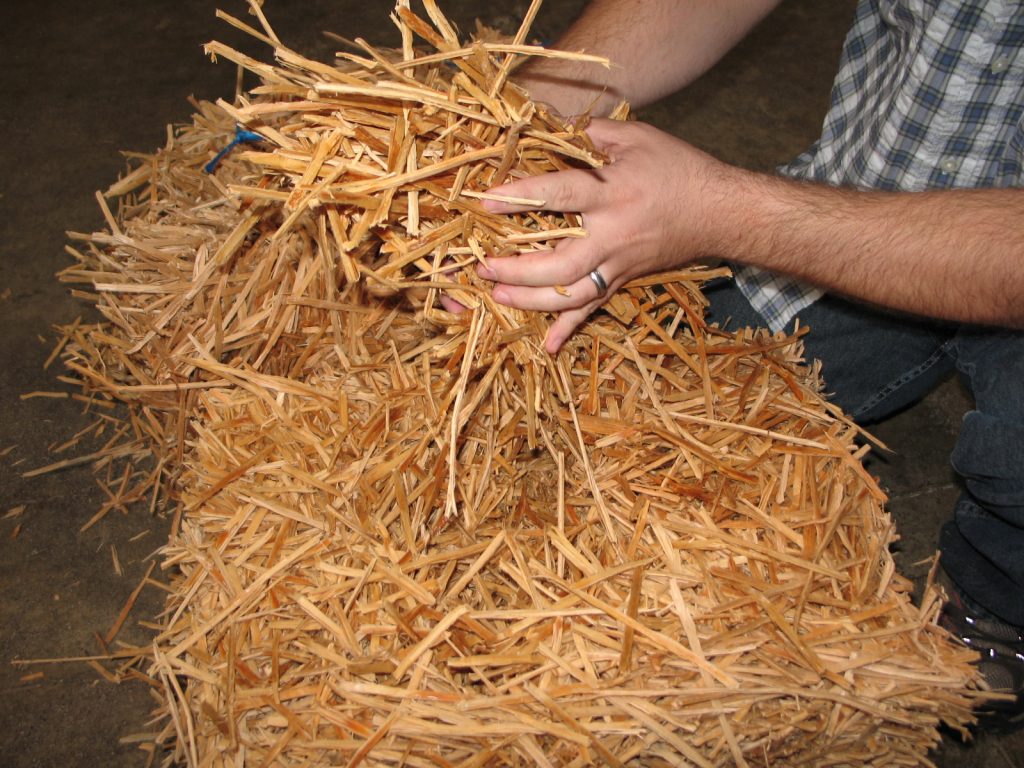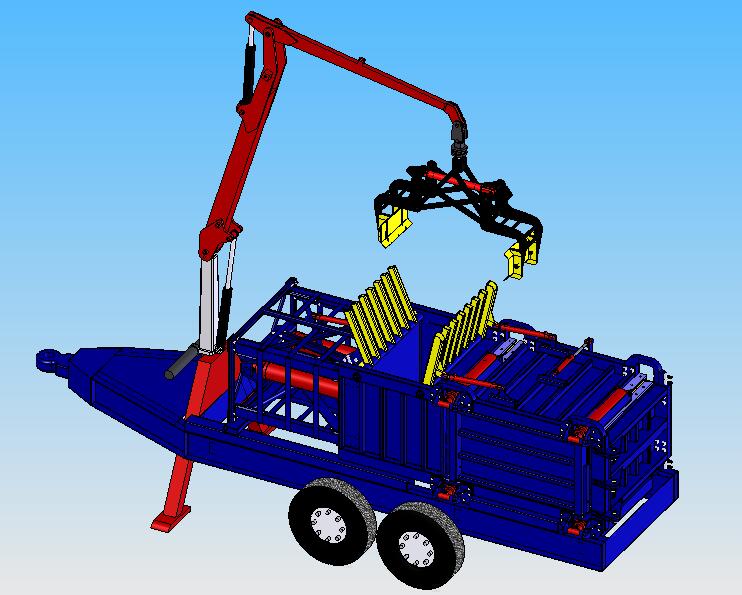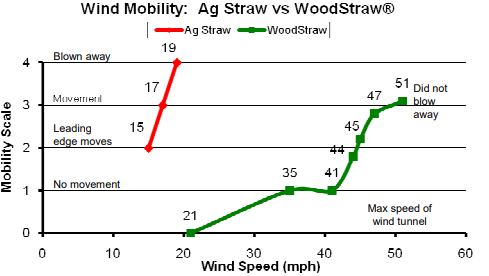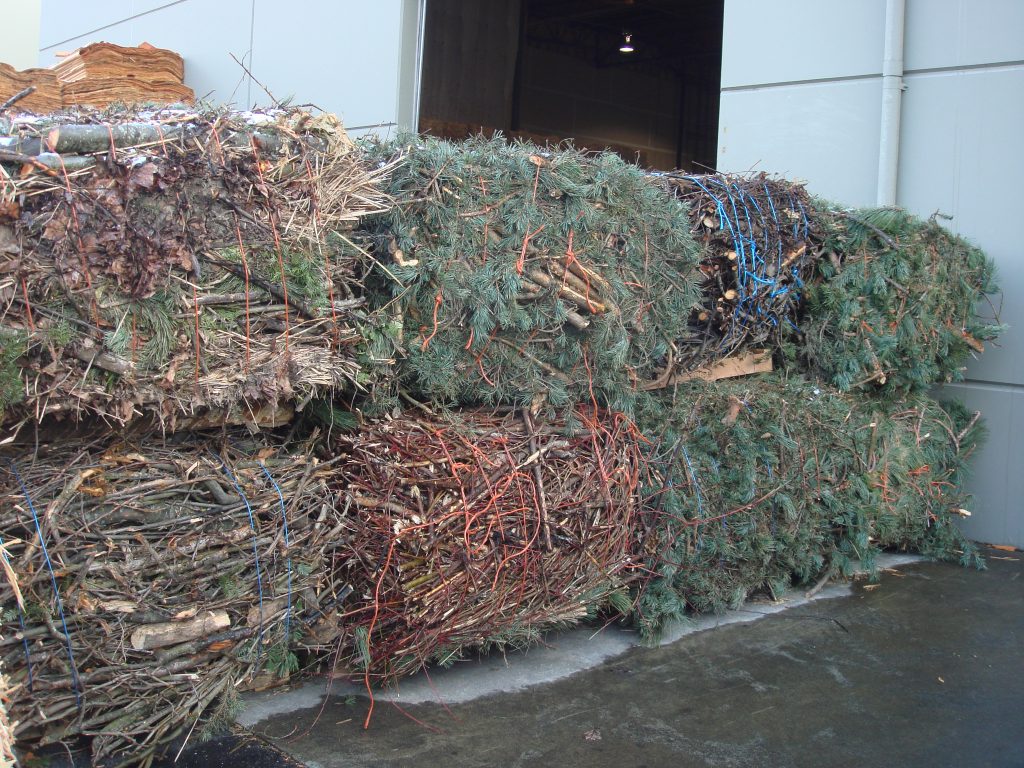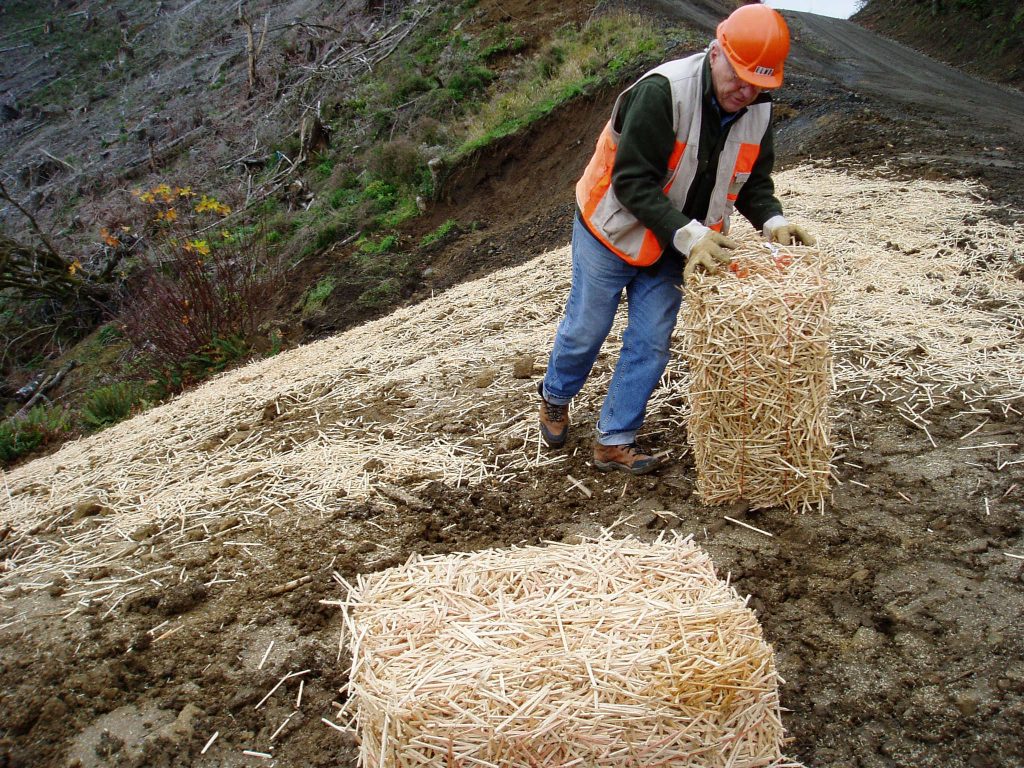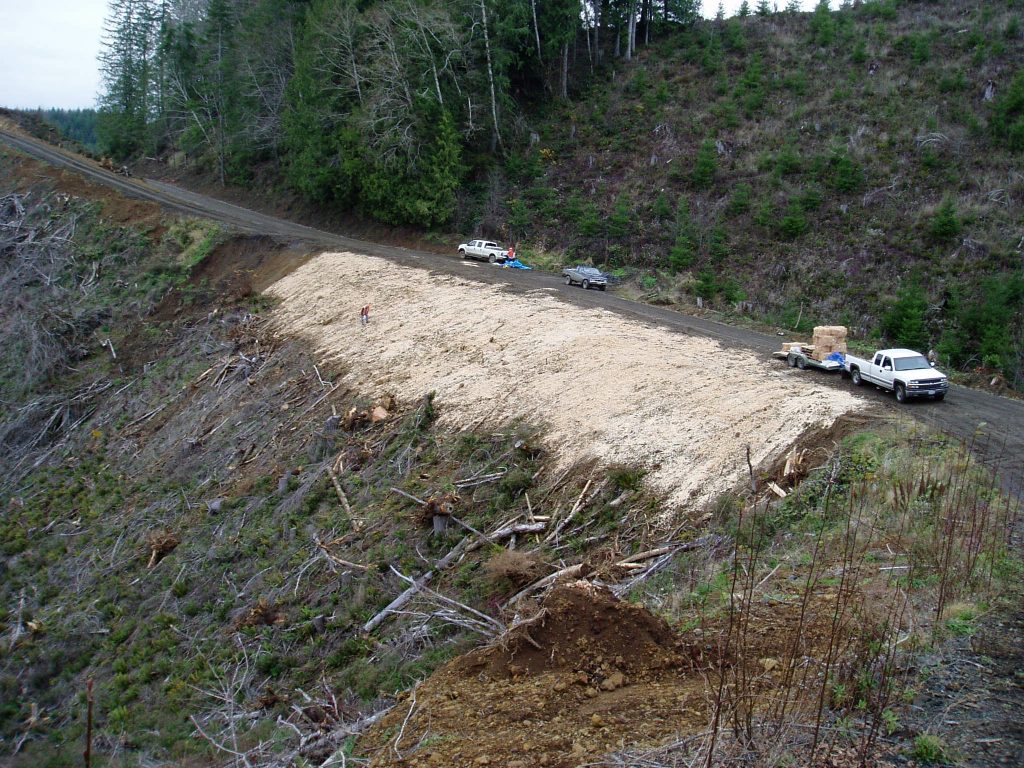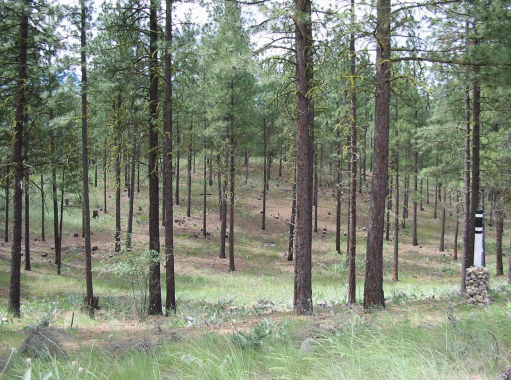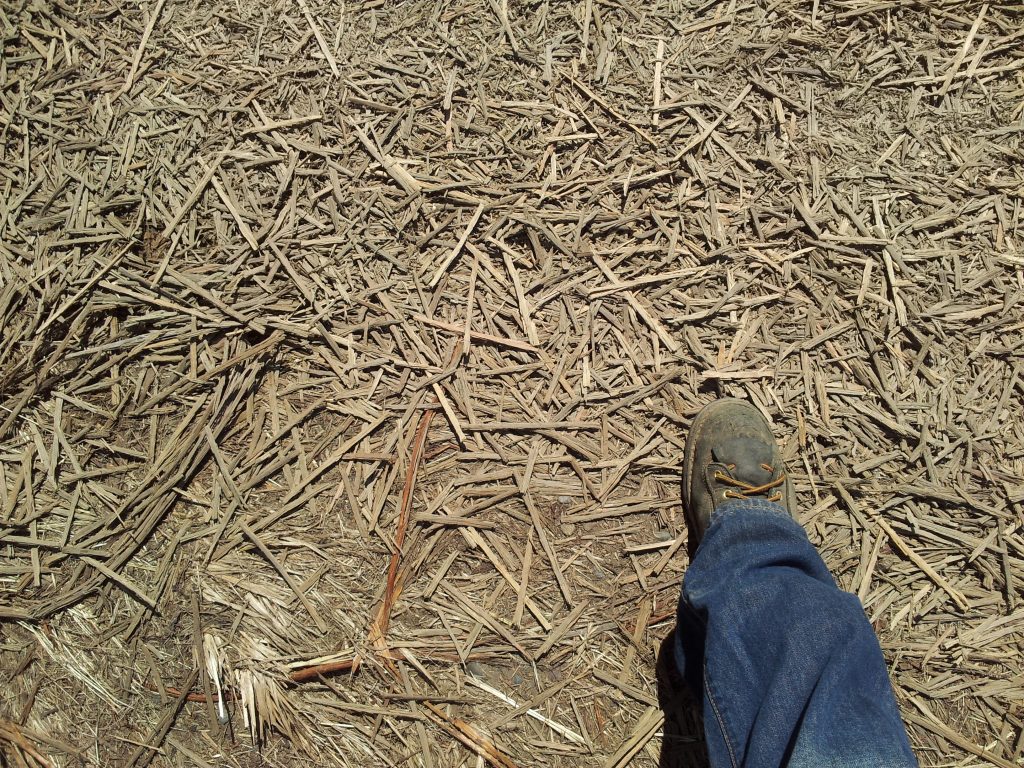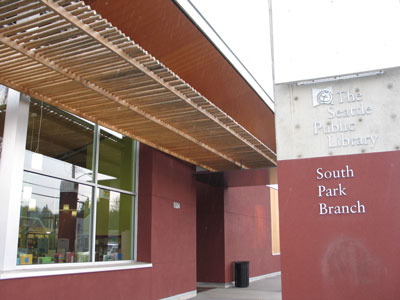A Wood-Strand Material for Wind Erosion Control: Effects on Total Sediment Loss
Abstract Fugitive dust from eroding land poses risks to environmental quality and human health, and thus, is regulated nationally based on ambient air quality standards for particulate matter with mean aerodynamic diameter <= 10 µm (PM10) established in the Clean Air Act. Agricultural straw has been widely used for rainfall-induced erosion control; however, its performance […]
A Wood-Strand Material for Wind Erosion Control: Effects on Total Sediment Loss Read More »

